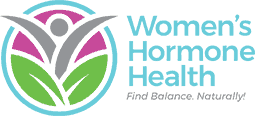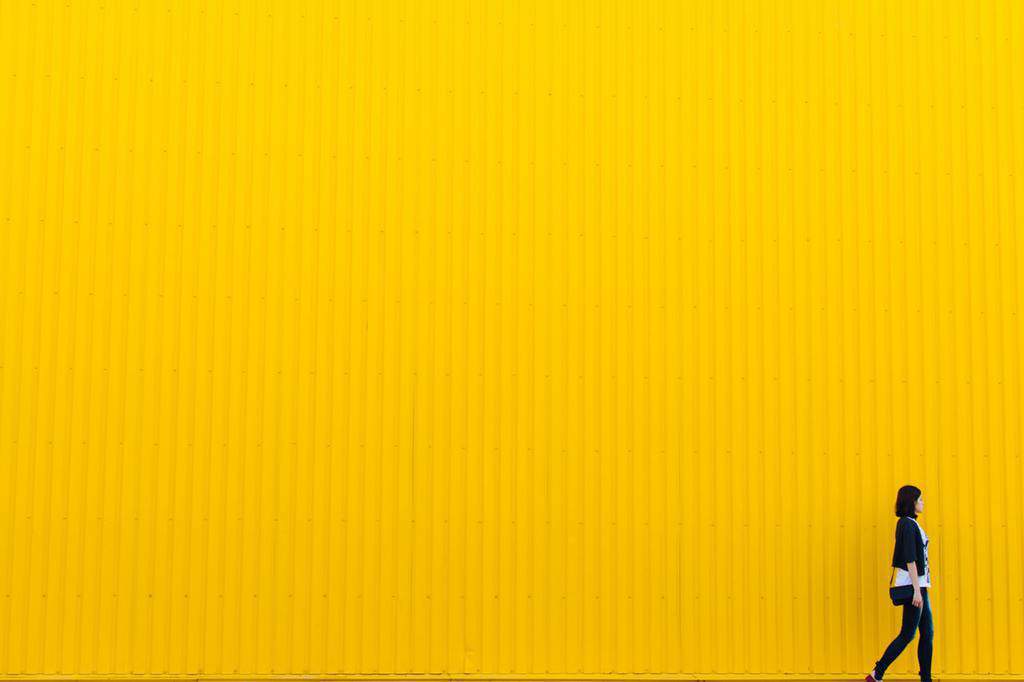What is acupuncture? Acupuncture is an ancient form of healthcare that originated in China at least 2,500 years ago. It has been practiced throughout the Asian world for many centuries. Acupuncture has been accepted into the Western mainstream culture since the 1970’s and is currently soaring in popularity throughout many parts of the Western hemisphere. Through the use of extremely fine needles, acupuncture works by manipulating the flow of Qi in the body, which is the life force or energy force that is present in all living things. Acupuncture Needle Treatment Acupuncture theory suggests that there are 12 main meridians through which Qi flows. These meridians correspond to the major internal organs of the body. For instance, there is a liver meridian, a heart meridian, and so on. In each of these meridians, the Qi can become stagnant or deficient. Stagnant Qi means that there is a blockage or excess of energy, which can cause a variety of symptoms including pain, inflammation, headaches, high blood pressure, depression, and menstrual imbalances. Deficient Qi means that there isn’t enough functional energy within a given organ to perform its necessary duties. For instance, chronic diarrhea and fatigue can easily be caused by deficient Qi of the spleen.
Acupuncture therapy typically involves inserting needles into several acupoints, which are specific locations on the meridians where Qi is said to gather. By manipulating the flow of Qi on a given meridian, stagnant Qi can be dispersed and deficient Qi can be tonified. As a result, the symptoms that correspond to these underlying energetic imbalances should naturally improve. There are 365 acupoints on the 12 meridians, along with numerous ‘extra points’ that are located throughout the body. There are also microsystems such as the ear, eye, nose, and hand. Some acupuncturists will only use these specific areas regardless of the nature of the patient’s complaints.
From a Western biomedical perspective, acupuncture has been proven to release the neurotransmitter serotonin and beta-endorphins, opiate-like substances made by the brain. Serotonin balance is essential for emotional and mental health and has been linked to healthy eating patterns, sleeping patterns, and the degree of pain in the body. Beta-endorphins are analgesic and anti-inflammatory and are responsible for the ‘runner’s high’, which is why acupuncture can induce similar sensations.
Does acupuncture hurt? What if I don’t want needles?
Acupuncture should be a relatively pain-free experience. There are times where the initial insertion will be felt by the patient, but there is never an occasion where the patient should be in pain for the duration of the treatment. Acupuncture can cause dull achiness, heaviness, tingling, heat, and increased sensation around the area needled. Almost always, these sensations are accompanied by a deep quality of relaxation and tranquility. Acupuncture should be a relaxing experience. In fact, this is one of its therapeutic benefits. I have had many patients who felt so relaxed after treatment that they had to drink some water and ‘get their bearings’ before they were permitted to leave my office. This deep relaxation tends to stay with the patient longer through successive treatments. I look for this as a measurable sign of progress. If the patient seriously objects to needles, there are many alternatives that I can employ. I will use acupressure, energy work, nutrition, herbal medicine, etc. as backup options. These therapies are often sufficiently powerful to replace the acupuncture. Many patients feel an initial apprehension but are shocked by how little they feel upon needle insertion.
What does a treatment plan entail?
Most patients that come to me for chronic health problems plan on committing to treatment once a week for 4-6 treatments. At this time, we will assess for progress and discuss where to go from there. Within that period of time, I expect that their symptoms are showing signs of definite improvement and that their general health is markedly better. If someone has extremely chronic and severe symptoms, it is not uncommon for me to see them weekly for 10 visits. I encourage the body to heal over a period of time, as excessively rapid progress can put the body into a state of shock. If something has accumulated over a period of years, it is only natural that it will take some time to unravel the condition and heal it at its foundation. While no therapy can help everyone, my clinical experience has been that approximately 80% of my patients undergo noticeably positive changes through their course of treatment. Compliance is an important factor in treatment progress. Generally, patients that commit to my lifestyle suggestions will progress more rapidly.
What can acupuncture treat?
In my clinical practice, I have had great success in treating a variety of health concerns:
Anxiety and Depression
While I don’t claim to be a specialist in any one area, I have helped many people with anxiety and depression get off of antidepressants. I enjoy working with this population because many people with anxiety or depression simply aren’t aware that there are alternatives to drugs and talk therapy. Nutrition, exercise, mindfulness techniques, acupuncture, and herbs can offer an incredible support system for healing these conditions.
Gynecological issues
I have helped many women with PMS, menstrual cramps, irregular cycles, infertility, and menopausal symptoms such as hot flashes and night sweats.
Pain
I have successfully treated many people for headaches, back pain, neck pain, sprains, strains, etc.
Constipation/diarrhea/irritable bowel syndrome
Acupuncture and herbs can work miracles for people suffering with these symptoms.
Insomnia
Acupuncture alone can be very effective. With herbs and stress reduction techniques, the healing process is even more powerful.
Other symptoms/disorders that have I have successfully treated with acupuncture:
- High blood pressure
- High cholesterol
- Allergies
- Colds and flus
- Autoimmune conditions
- Type 2 Diabetes
- Addictions
- Thyroid imbalances
What are the different styles of acupuncture?
There are two main styles of acupuncture that have made their way to the Western world. These are called the 8 principle and 5 element approaches to treatment. Most acupuncturists use one of these approaches exclusively. I am uniquely trained in both and actively teach acupuncturists how to integrate both styles into clinical practice. I do this because I believe that these styles are actually inseparable and that their isolation from one another is based on false pretenses. Using both models enables the practitioner the ability to utilize a much broader and deeper set of skills and to effectively treat a more diverse array of patients. The 8 principle approach is based on diagnosing and treating the patient within the parameters of yin/yang, hot/cold, excess/deficient, and interior/exterior. These 8 parameters are used to determine one’s overall health and the relative balance of their internal organs. For instance, a patient can be yin deficient with interior heat. This would likely reflect someone who feels hot, thirsty, irritable, or has dark urine. Menopausal women often fit this pattern. The acupuncturist takes all of the patient’s symptoms, examines their tongue and pulse, and creates a pattern of disharmony based on these 8 principles. Then, acupuncture points are used that directly treat this pattern. For instance, the patient with yin deficiency and interior heat would be treated on acupoints such as kidney 3 and spleen 6, both points that nourish yin and clear heat. The 8 principle approach excels at symptomatic treatment. It can work wonders for pain and acute conditions. The vast majority of acupuncturists use this approach exclusively. My opinion is that, while this approach is certainly valid and useful, it has inherent limitations that create a limited scope of practice for most acupuncturists.







